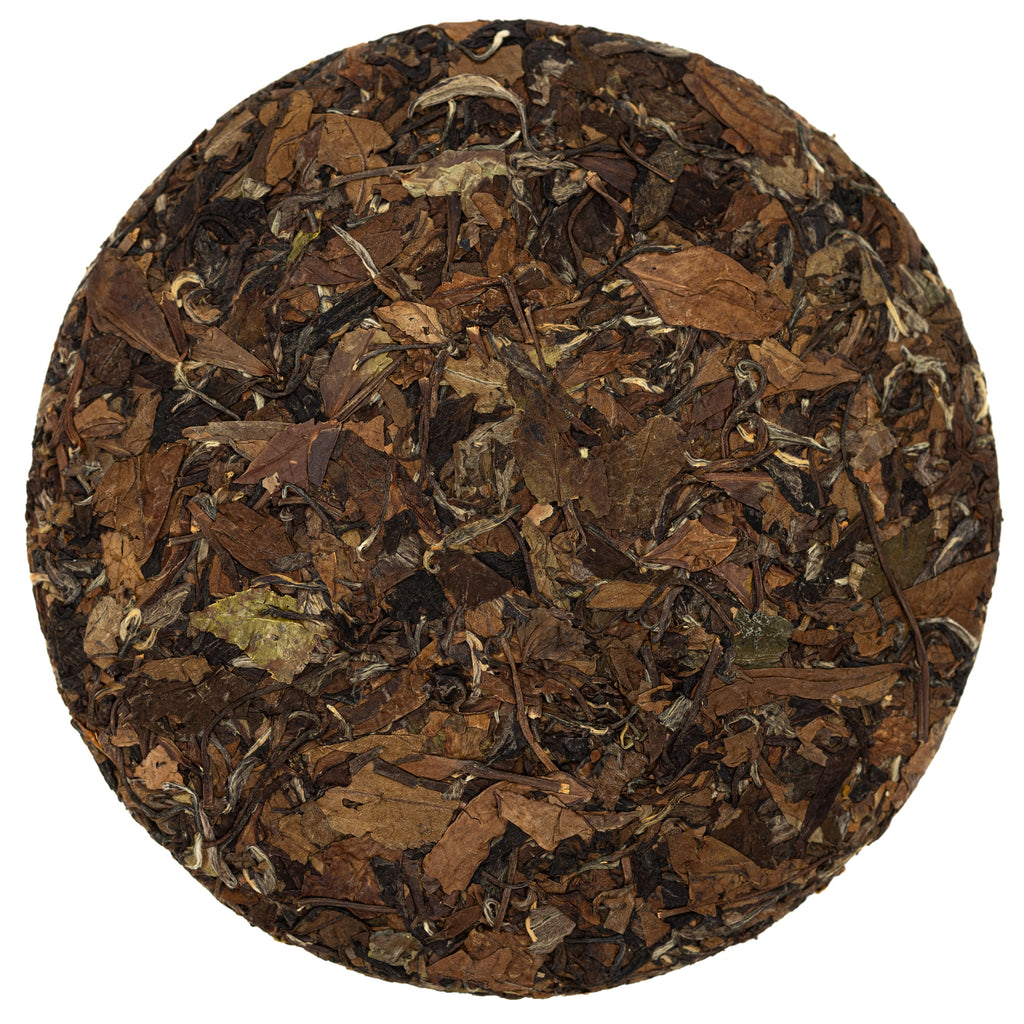Bai Cha

Bai Cha (白茶)
Also known as White Tea and 白茶.
Bai Cha is a category of tea that has undergone withering and drying without Sha Qing, or "Kill Green" step.
Name
- 白 (pronounced Bai in Mandarin): means white. I’ve often heard that the name refers to the white hairs on the buds of white teas, such as Silver Needle; however, since not all Bai Cha has these hairs, this explanation seems unlikely.
- 茶 (pronounced Cha in Mandarin): means tea.
Examples
Grades
Producers traditionally classify Bai Cha into four distinct grades, each reflecting different compositions of leaf.
- Bai Hao Yin Zhen - 白毫银针
- Bai Mu Dan - 白牡丹
- Gong Mei - 贡眉
- Shou Mei - 寿眉
Flavor
The flavor of Bai Cha is heavily dependant upon two factors: grade and age.
High grade teas tend to be all (or mostly) bud material, bringing a haylike, floral, and slightly sweet character to the brew. Lower grades use more (or all) leaf material, lending greater mouthfeel, notes of fruit, and a rustic experience.
Bai Cha leaves have great potential for transformationover time. Because the leaves never underwent the Sha Qing process, they can actually slightly oxidize. While the transformation is not an extreme as Hong Cha, it will darken the leaves and develop robust notes of honey, wood, and fruit.
Production
Regions
The most famous growing regions for Bai Cha are Fuding and Zhenghe, both located in the Fujian Province of China. However, it’s important to note that Bai Cha refers not to a specific geographic origin, but to a method of tea leaf preparation. This means that it can potentially be produced anywhere in the world.
In recent years, there has been small-scale Bai Cha production in regions that are not necessarily known for it, including Yunnan, Taiwan, India, and even Japan. Exploring Bai Cha from these areas is a perfect oppurtunity to discover how unique climates, soils, and cultivars influence the tea's flavor profile.
